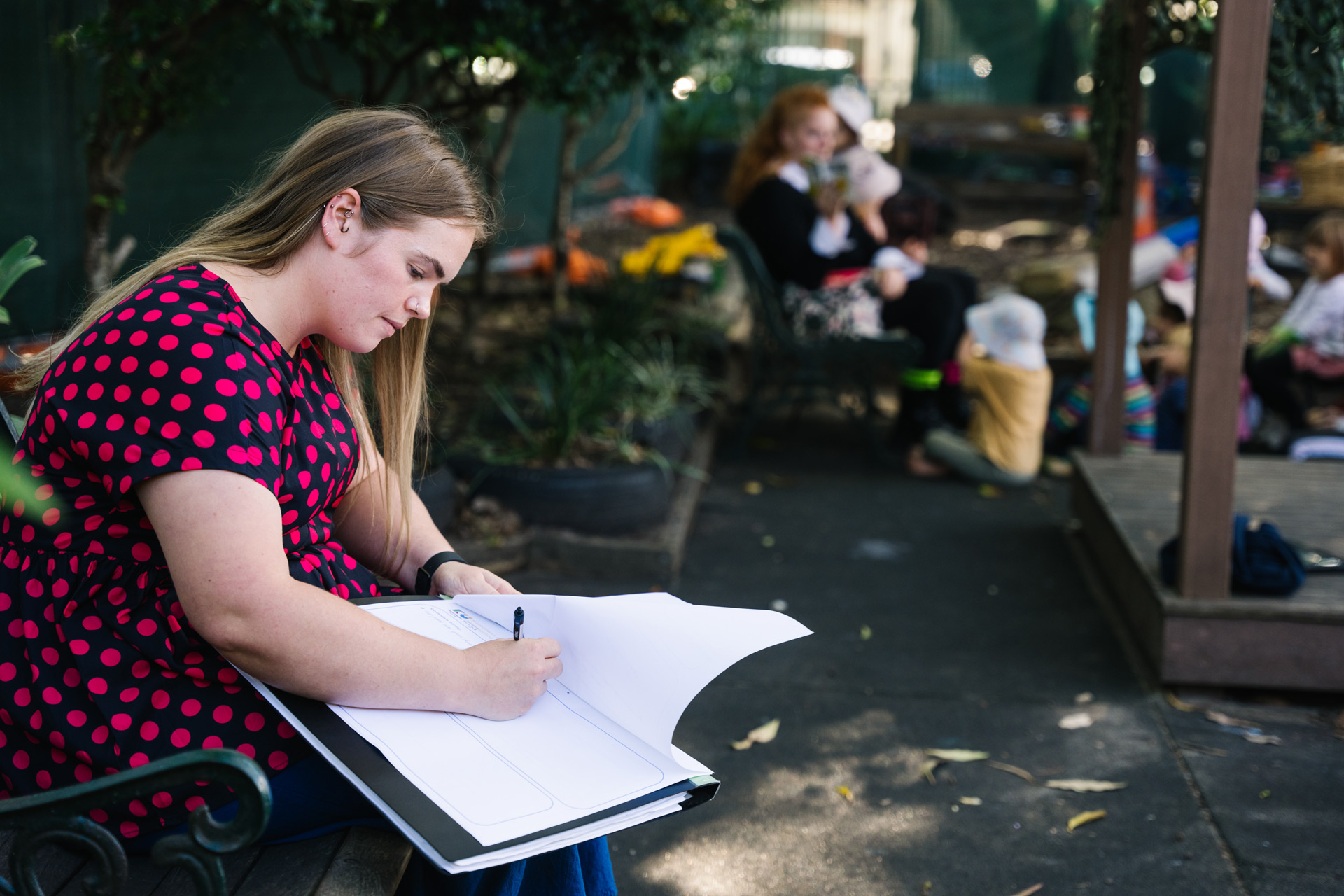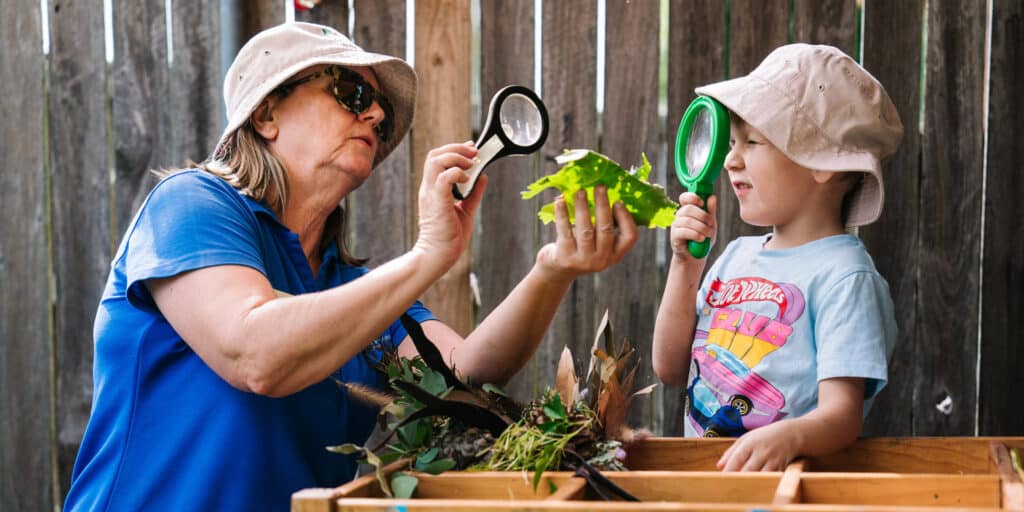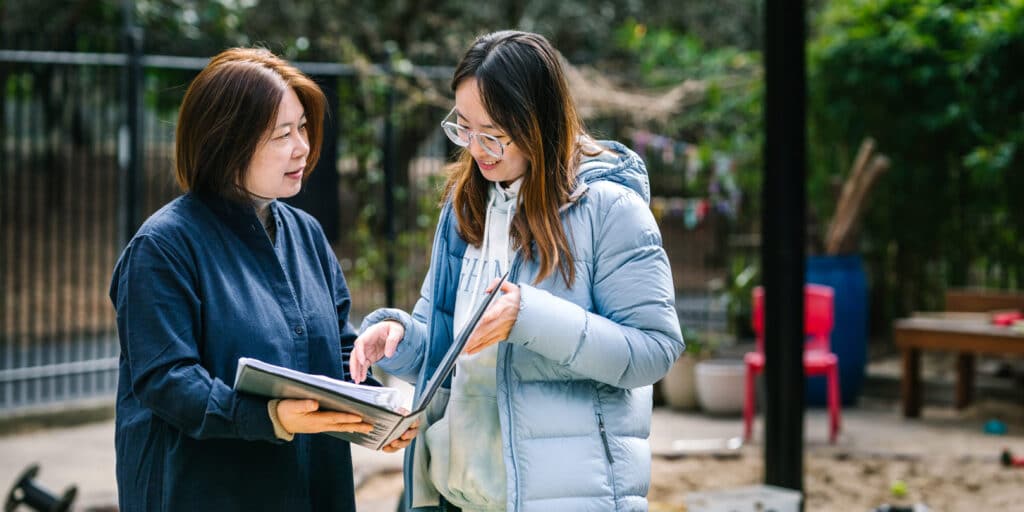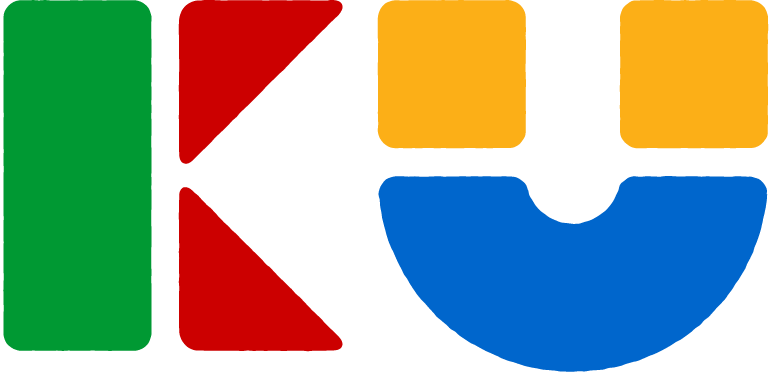
What should we be documenting?
Sometimes documentation can seem like a heavy load, but if we are clear about why and what we document, we can create an exciting window into learning and teaching.
By KU Learning and Development Team
First published August 2023, updated June 2025
“
Educators use multiple sources of information to gather and document different aspects of children’s learning, development and wellbeing. Educators document and describe children’s capabilities and unique ways of belonging, being and becoming ensuring children’s and families’ voices are sought, heard and included.
EYLF v2.0 p.28
Our work with children has always required that we keep records of our program and of children’s learning and development. However, many educators still struggle with what and how much to document. As such, documentation can seem like a burden that takes up precious time. But, if we are clear about why and what we document, we can create an exciting window into learning and teaching. This is because great documentation traces an amazing story of relationships, encounters, learning, and emotions.
The ‘why’ of documenting
Knowing ‘why’ we are documenting helps to ground our practice in what is real and meaningful. Without this, our documentation lacks direction and becomes filled with anecdotes that do not reveal anything new. Meaningful documentation helps us to learn what we don’t already know about children’s learning and about our teaching.
Documentation can be a powerful tool for showcasing the incredible trajectory of learning and development, including that of infants and twos. We know that the brain develops at an astonishing pace during the early years of life, especially the first 3 years (Harvard Centre on the Developing Child). Documentation helps us to learn about how the children in our care are navigating this incredible journey. It provides a rich study of educators’ unique work with very young children including the critical nature of relationships, secure attachments and developing understandings of the world.

What to document
Educators often ask the question, ‘How much should I be documenting?” However, it is not the quantity of documentation that matters. What matters is the insights and knowledge we gain from it. Ask yourself, “If I document this, will it be a catalyst for conversation and give new insights into how we move our teaching forward?”
Much happens throughout the day and educators are constantly observing. You cannot document everything. Decide what will grow in value by being documented, shared, and discussed. It is only relevant if it brings to light children’s learning and informs our practice. Document what is unique and important – new places, new friendships, new relationships, new encounters, new discoveries. In other words, record stories that show children’s learning rather than an account of what they are doing. This can be easier said than done, particularly working with very young children who are non-verbal.
Stonehouse (2015) provides some examples:
- It’s obvious when a baby feeds herself peas using a pincer grip. It’s less obvious that this is an expression of her desire for independence and autonomy.
- It’s easy to notice a toddler walking purposefully around the space, collecting jar lids and other flat objects in a basket and then posting them into a tissue box. It’s not as easy to understand that this child is beginning to plan and be more purposeful in his play.
- It’s easier to notice a two-year-old snatching others’ toys than to see that as a child learning to be a member of a community.
Your observations will give you a glimpse into a child’s developing mind and physical capabilities. When you watch closely, you will notice what intrigues, fascinates, excites, frustrates, amuses them. With each observation, you will gain useful insight that will help you become an intentional teacher.
How to document
Broadcasting amazing stories is important whether it is done electronically, on paper, in photos or by video. Online software is one tool for documentation, but it should not be the only tool. Rather than locking yourself into one tool or template it is important to be flexible and creative.
Consider the following questions:
- How do we include others in the documentation process – colleagues, families and especially the children?
- How do you ensure that children’s incredible learning is shared?

Documenting with children
Documenting with and alongside children is a powerful way of allowing them to be architects of their own learning. Instead of educators working in isolation it is an opportunity for children to see their ideas being taken seriously and to be part of the thinking and learning process.
This is not a method where children’s ideas are simply written down in front of them. Children take the lead in a journey where thoughts and ideas are discussed, examined, researched, revisited and developed. It is a slow process of designing learning over time in companionship with children. Using tools such as journals, conversation books or thinking books children are encouraged to be an integral part of constructing the curriculum.
Whatever tool or pathway you use to document it is important to:
- Be present in the space
To capture the body language, facial expressions, movements, sounds, individual mannerisms, joy, curiosities, discoveries, theories and thinking of children you must be attentive and fully engaged. This takes considerable effort and careful planning. - Be curious
To work with young children means being as full of wonder, fascination, and awe as they are. It is these dispositions that you are trying to capture in your documentation. - Be a researcher
Keep learning. Read, consult with others, attend professional development and ask questions. - Be intentional
Be organised with your tools ready – whether that be pen and paper, camera, recorder, tablet.
References
Center on the Developing Child. In brief: The Science of Early Childhood Development accessed from https://developingchild.harvard.edu/resources/inbrief-science-of-ecd/
Stonehouse, A (2015). ‘Documentation – what’s the point’ in the The Spoke, Early Childhood Australia accessed from https://thespoke.earlychildhoodaustralia.org.au/documentation-whats-the-point/
Want to hear more?
Check out the following workshops:
- Understanding the planning cycle (2-part online)
10 and 24 June 2025 - What should we be documenting (2-part online)
22 and 29 July 2025 - Documenting with children (2-part online)
12 and 19 August 2025 - Documenting with children (1-day event)
7 October 2025
